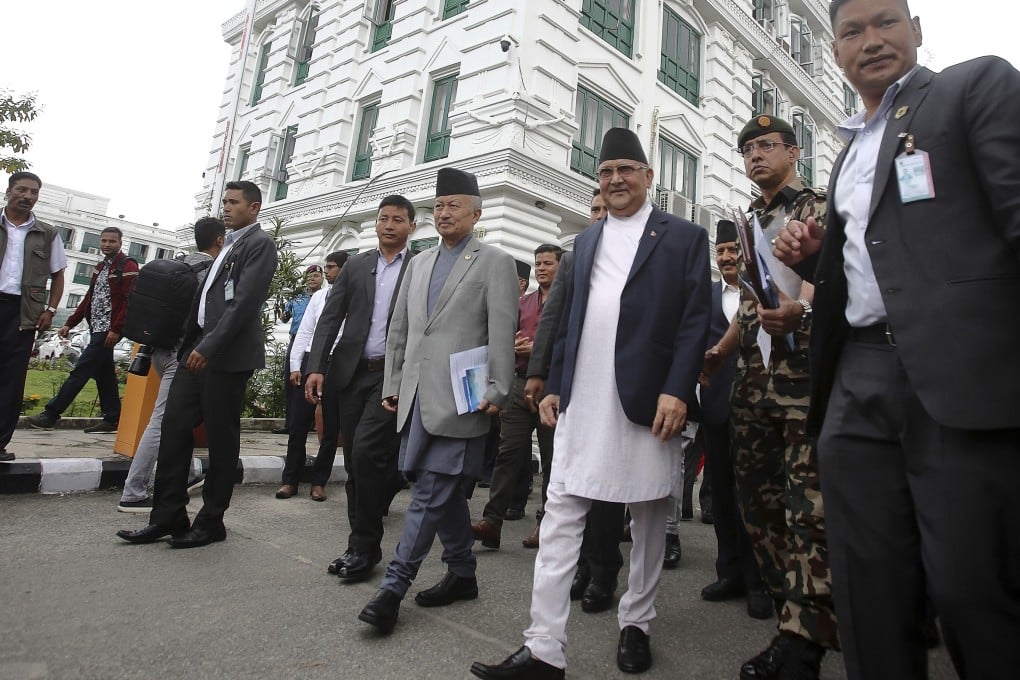India opens cross-border pipeline with Nepal, as it seeks to counter China’s influence
- The 69km pipeline is seen as part of India’s efforts to increase its influence in Nepal, where China is also making deep inroads
- India and Nepal share a 1,751km border and have close cultural and religious bonds, but ties have been strained in recent years

India funded the 3.24 billion rupee (US$45 million) pipeline project, which has an annual capacity of two million metric tonnes and will enable Nepal to import fuel from India at a lower cost. India is Nepal’s sole supplier of oil, which is currently carried on tankers via road to the landlocked country.
The 69km pipeline, built by state-owned Indian Oil Corporation (IOC) in cooperation with Nepal Oil Corporation, was completed 15 months ahead of schedule, officials said.
“This is a matter of satisfaction that South Asia’s first cross-border petroleum pipeline has been completed in record time. This has been completed in about half of the expected time,” Modi said.
The pipeline will supply oil from Motihari in the eastern Indian state of Bihar to Amlekhgunj in Nepal.
Traditionally India has been slow to implement projects despite ambitious plans, and has often faced criticism from politicians in Nepal for what they see as meddling by their much bigger neighbour.
However, the implementation of India-funded projects in Nepal gained momentum following talks between Modi and Oli last year, officials said.